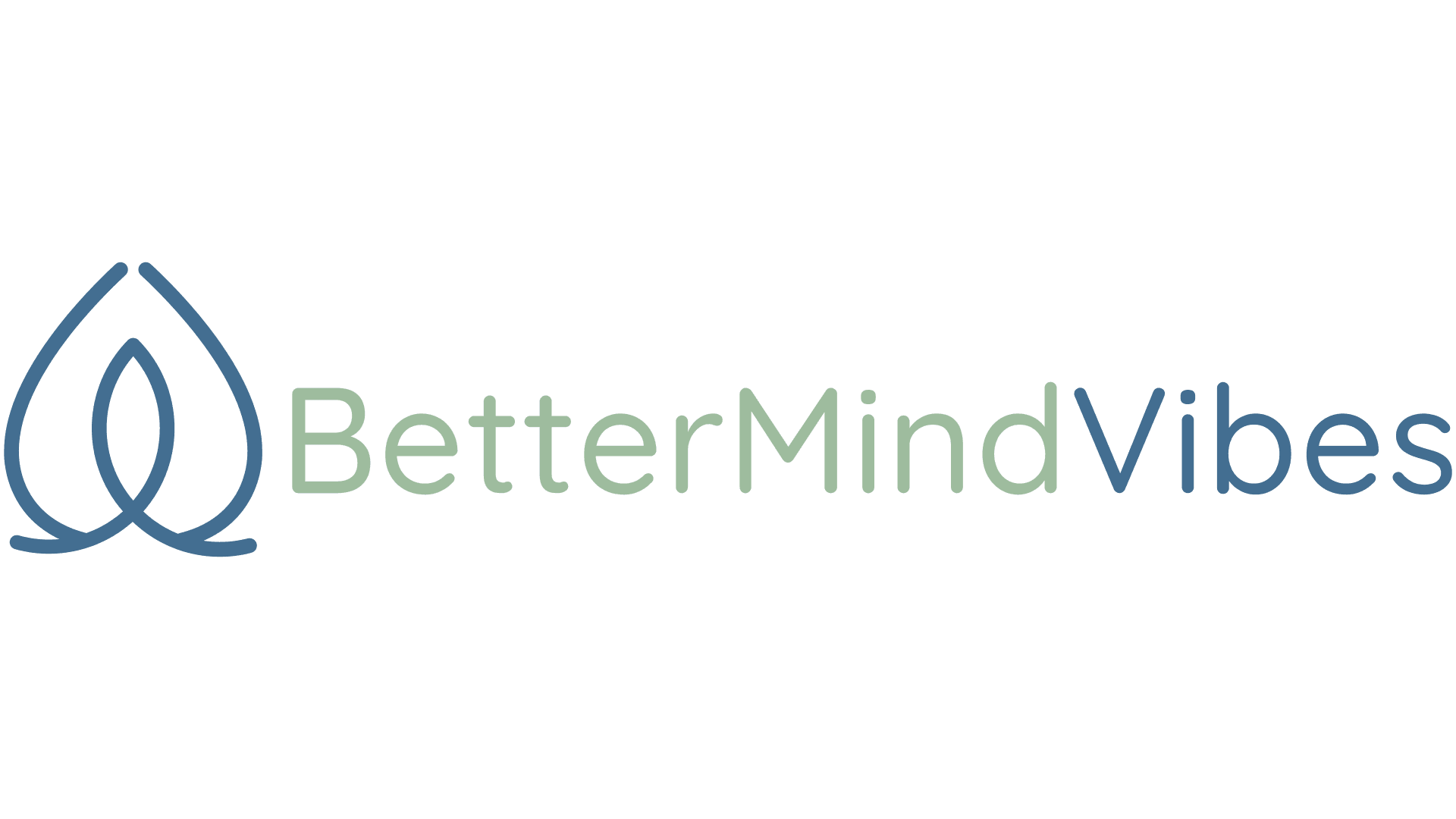Yoga, which originated thousands of years ago in India, is a mind-body practice involving breathing techniques, physical poses, and meditation. It is performed to calm and control your mind, as well as to build strength and flexibility.
Individuals dealing with anxiety may perform yoga for stress relief. This practice reduces your worries by calming the nervous system and enhancing your mood.
What is stress, and how may it ruin your well-being ?
Stress is a feeling that challenges your emotional or physical well-being. It may impact us in many ways, both physically and mentally.
Stress is like a weight accumulating on your shoulders. The more it piles up, the heavier it becomes, eventually triggering physical ailments like headaches and fatigue.
Moreover, unchecked stress plants seeds of anxiety, irritability, and depression. That’s when engaging in yoga for stress and depression becomes important.
Practicing yoga poses can alleviate stress and contribute to a sense of relaxation. There are various other benefits to practicing yoga, which we will delve deeper into right away.
Benefits of implementing yoga in day-to-day life
Are you wondering how you can reduce your frequent anxiety issues? Well, according to a 2012 survey, 94% of adults who choose to adopt yoga practices do so to improve their health and wellness.
Yoga has the power to bring a lot of changes into your life, and some of those changes are as follows:
- Improving your posture, flexibility, and balance
- It is helpful when individuals try yoga for stress and anxiety relief
- Building muscle strength and supporting heart health by regulating breathing
- Promoting endorphins, the body’s natural “feel-good” chemical
- Improving sleeping patterns
- Enhancing emotional well-being
- Enhancing concentration and decision-making power
3 simple yoga poses for Stress and Depression
According to a 2017 national survey, yoga is becoming quite popular in the United States, as the percentage of people who practice yoga grew from 2007 to 2017.
If you too aspire to incorporate yoga for stress relief and seek to learn some introductory poses, the following ones can prove highly beneficial for you:
1. Cat-Cow pose
The cat-cow pose is an excellent way to connect your breath to your movements while allowing you to calm your mind. To do so, kneel on your hands and knees, and then:
- Place your wrists under your shoulders and your knees under your hips.
- Then, start performing the cow pose. Inhale by gazing toward the ceiling.
- Make sure to drop your belly toward the floor and feel a stretch in your front body.
- Now, as you exhale, bend your spine toward the sky and pull your chin toward your chest to create a cat-like pose.
- Repeat this exercise for 1 minute or as long as you feel comfortable.
2. Child’s pose
The child’s pose is a relaxing and restorative pose, helpful to relieve stress and calm the mind. To do the pose, kneel on your hands and knees and bring your big toes together. Then,
- Separate your knees as wide as the mat.
- Exhale and lower your hips toward your heels.
- Lengthen your spine and lower your chest towards the floor, resting your forehead on the mat.
- Reach your arms in front of you or down by your legs.
- Feel the expansion and contraction of your abdomen as you take slow, deep breaths into your belly.
- Hold the pose for 30 seconds to a few minutes.
3. Corpse Pose (savasana)
The corpse pose is an excellent yoga pose for stress and anxiety relief. To perform it, lie down on your back, and then:
- Allow your feet to be slightly wider than your hips.
- Let your toes dangle freely to the sides.
- Position your hands by your sides, palms facing up.
- Now, align your spine with your head, neck, and shoulders.
- Let go of your tensions and worries as you breathe deeply into this step.
- Stay in this pose for 5–10 minutes, or until you feel comfortable.
Include this pose in yoga for stress management.
Meditation is a key component of yoga for stress management. One can do it either by standing, walking, or lying down. You may practice different types of meditation, such as yoga nidra, mindfulness mantras, or visualization.
To apply meditation to yoga for stress management, follow the below steps:
- Lie down on a yoga mat in a quiet place.
- Set a timer for a duration of 5 to 10 minutes if you are a beginner.
- Close your eyes and bring your attention to your breath. If you break concentration in between, gently bring it back to your breath.
- If you wish, you may use some positive sentences to repeat silently with each breath.
- If you are using yoga Nidra, follow guided audio that walks you through a series of bodily scans, affirmations, and visions.
Risk factors involved in Yoga
Although yoga practice is relatively safe, there may be some risks involved in doing so. This encompasses potential injuries from incorrect execution of a yoga pose or skipping steps, leading to possible sprains and strains.
To ensure your safety, seek guidance from yoga instructors before embarking on your practice. You could even watch some videos to learn a few basic poses.
Pregnant women and individuals with ongoing medical conditions should make sure to consult health professionals. They may only perform yoga if they are advised to. g
Conclusion
In short, yoga is an excellent way to improve your general well-being, lower stress levels, and restore your vitality. One must take pleasure in figuring out which methods and approaches work best for them.
Yoga will eventually become an intrinsic component of your daily regimen, equipped to assist you in coping with the challenges of life for many years to come.










